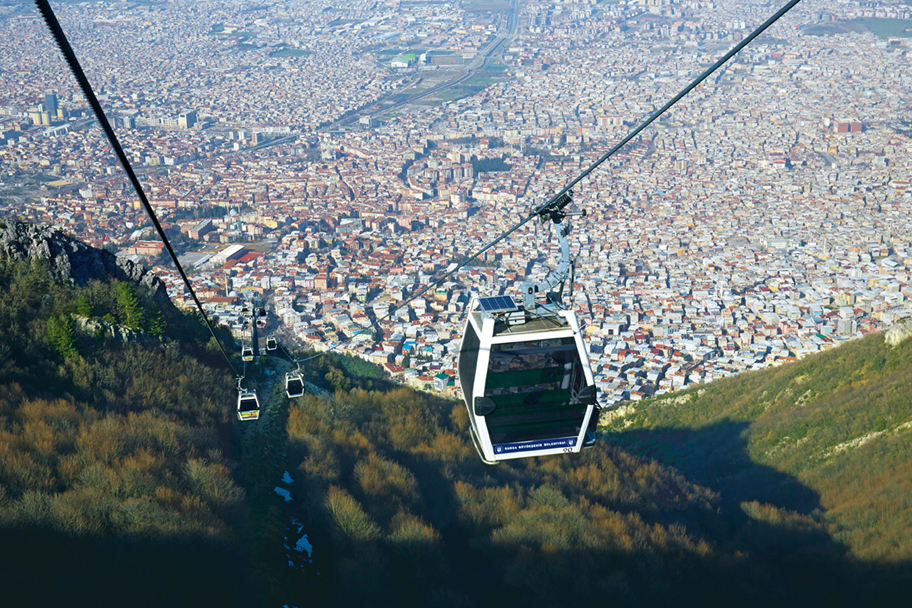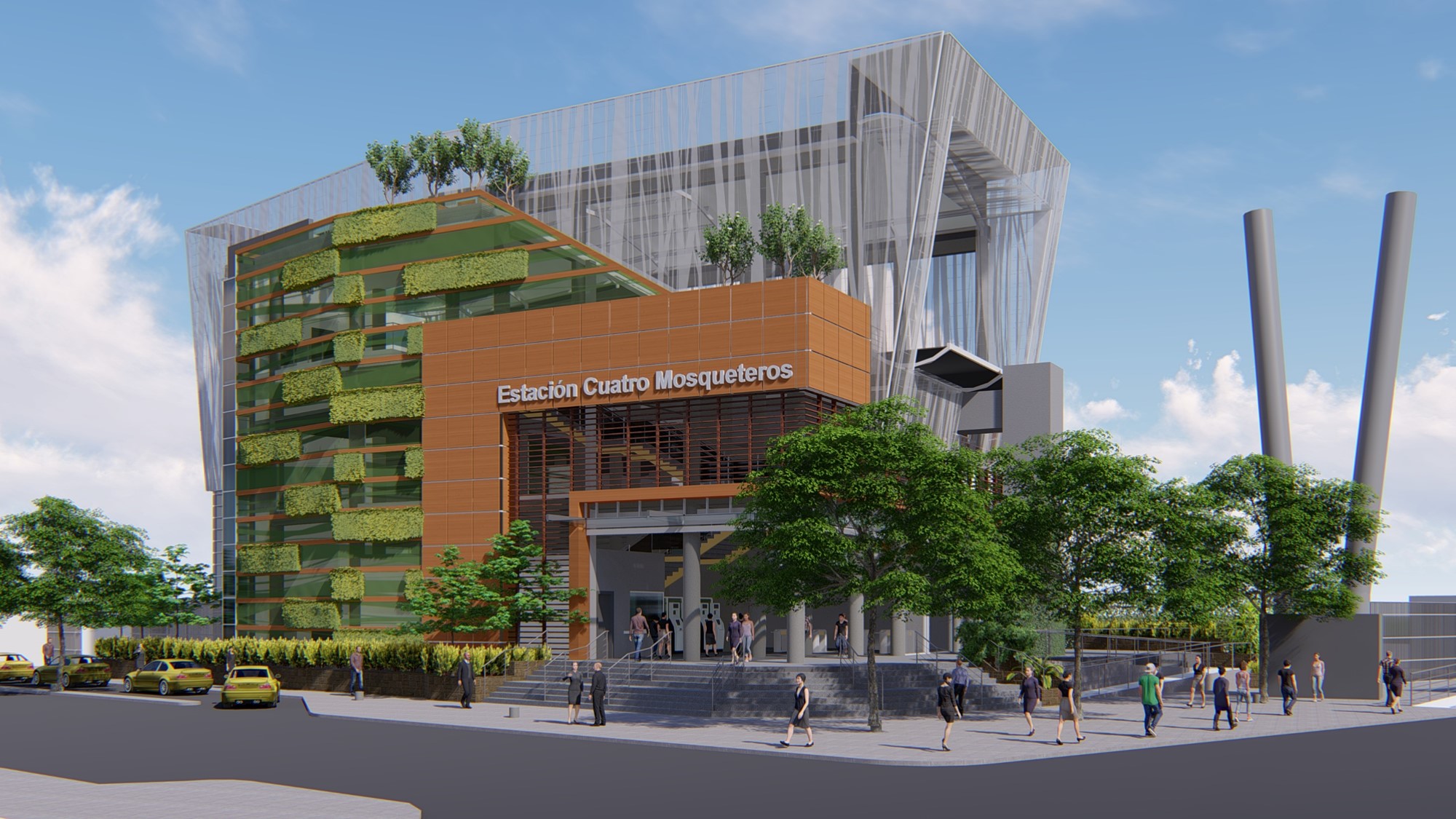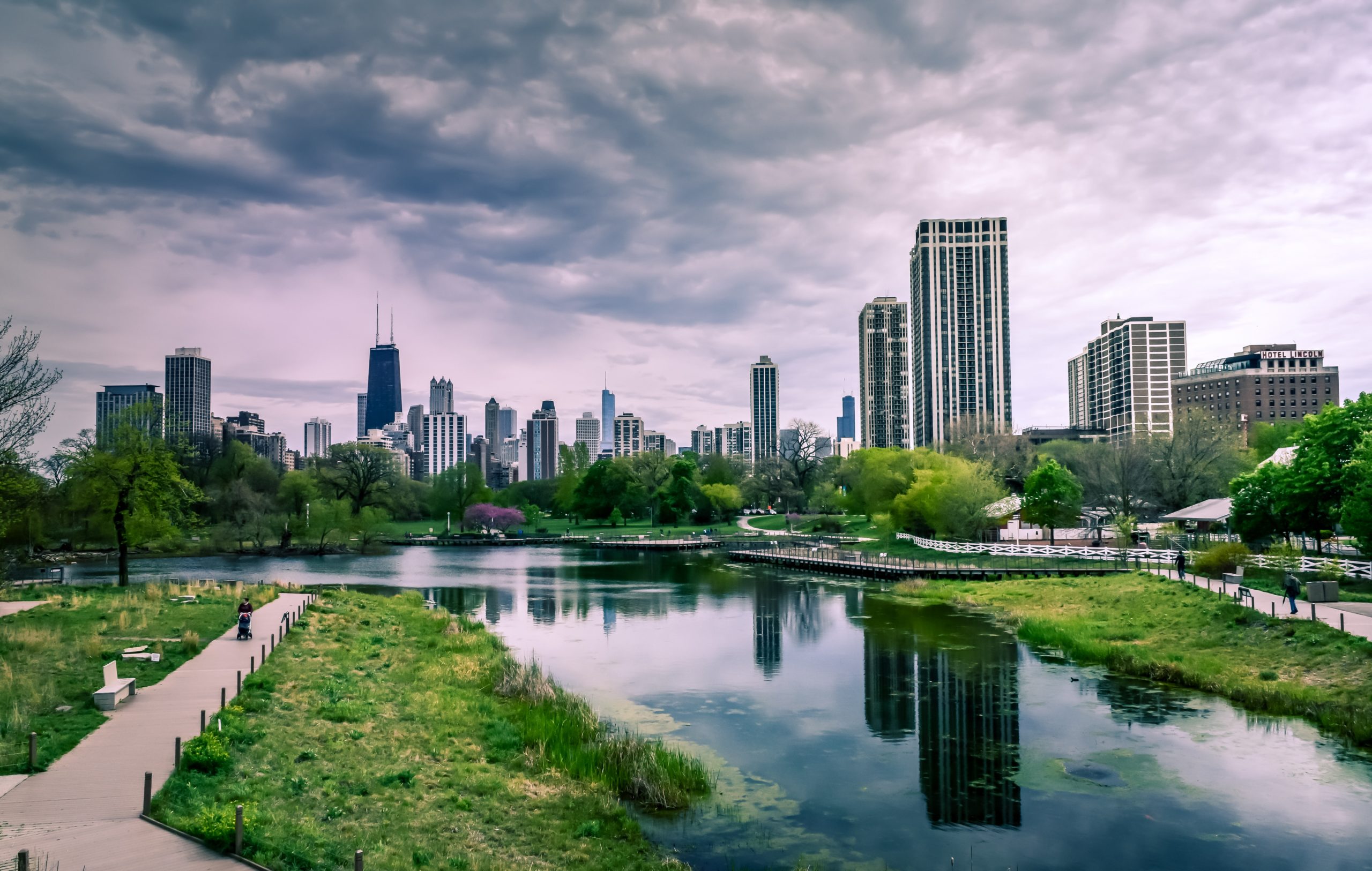The benefit of cable cars for tourism
Not only are urban cable cars transport systems for everyday use; they also hold huge potential for tourism. This is demonstrated by selected examples around the world.
Sustainability – Mobility in Transition
The coronavirus pandemic has accelerated social change, with a significant effect on mobility.
Climate Crisis – What does the future of transport look like?
The majority of greenhouse gases are causedbycars.Actionisthereforeneeded, so that the 2040 climate target in Austria (climate neutrality, ed.) can be achieved. Mobility experts therefore anticipate many changes for the everyday life of the population, and not only in Austria.
Lukas Praxmarer – “THE POLITICAL WILL MUST BE THERE”
How does a feasibility study work for urban cable cars? Based on the example of the Austrian city of Innsbruck, BERNARD group Managing Director and Transport Engineer Lukas Praxmarer demonstrates what matters – and why he also looks at where cable cars are not viable.
35% fewer machine hours
Whether at winter sports events or in everyday work: the digital technologies from PRINOTH ensure exceptionally resource-saving and cost-effective preparation.
WHAT IS MISSING FOR THE IMPLEMENTATION OF URBAN CABLE CARS IN EUROPE?
Many transport experts regard the system of urban cable cars as the solution to the growing transport problem. With rapid availability, a small structural footprint and an environmentally friendly drive, the system offers everything that is required of transport systems today. Yet, despite all these advantages, the concept of the cable car is having difficulty winning people over from familiar, tried and tested systems such as bus and rail, especially in Europe. What would it take to establish the cable car as a transport system?





